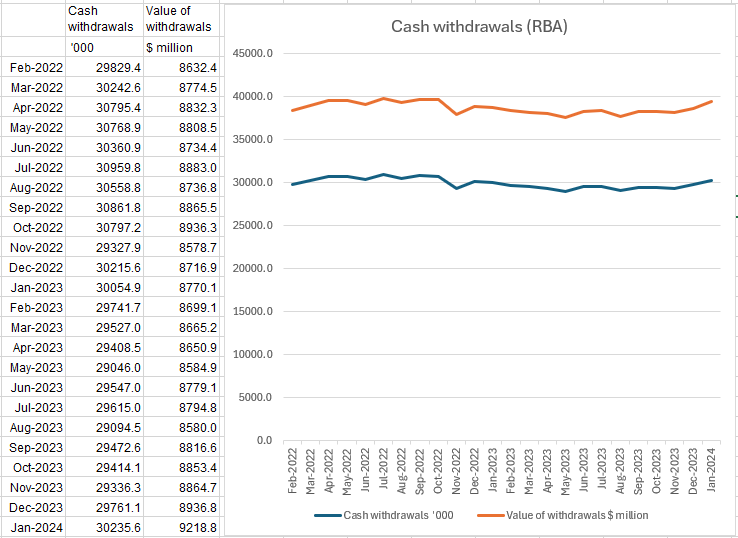When CMV’s Vasco da Gama made its maiden call to sleepy Wallaroo, the town and its history came alive. Roderick Eime (www.travography.com) was there for the big day.
Her lace bonnet almost brushed the low ceiling of the stiflingly small room as her hand swept above the kitchen table, set with the expectant clutter of bone-handled cutlery and blue willow porcelain.
“Everything happened right here in the ‘nerve centre’ of the home,” says Jane Clifford, our costumed volunteer guide, “meals were cooked, clothes were mended and the many children washed and fed.”

Inside the tiny 1870s cottage you could barely swing a cat, yet the women of the day would maintain the entire household along with all who dwelt within, often in a state of near-permanent pregnancy.
The furniture is ornate, but of rudimentary construction often using recycled materials like packing boxes, cotton reels and even an old cupboard refashioned into a single bed. Many of the ornaments, crockery and utensils have been donated by local families and are accurate for the period. Poignant family portraits adorn the mantelpiece.
The kitchen and dining room are built of sun-dried mud and grass bricks with the next two rooms of traditional wattle and daub. The parlour and main bedroom were erected by ramming clay and mud mixed with lime stones.
This otherwise unremarkable cottage is a snapshot of how life would have been for the early Cornish immigrant mining families who settled here on South Australia’s Yorke Peninsula following the discovery of copper in the area soon after the foundation of the colony in 1836.
“The reason we have this particular home in such an authentic state is because several generations the Woods family occupied it for almost 100 years,” says Jane, “and the National Trust took over in 1967.”
While modern inclusions like electric light are evident, there is no running water and the chunky Metters iron stove still consumes chopped eucalypt logs.

The towns of Moonta, Kapunda, Kadina, Wallaroo and Burra became hives of industry with noisy steam engines and smelters working almost around the clock to satisfy the Empire’s lust for the valuable metal.
The fortunes of the area, now known as The Copper Coast, waxed and waned along with the price of the metal used in electrical wiring and munitions. The British Empire’s many conflicts around the world ensured a healthy demand but things took a decided turn for the worse following Word War One and the towns contracted dramatically.
Today the towns of the ‘Copper Triangle’ exist on agriculture and tourism, with Wallaroo and Hughes Bay being popular weekend retreats and for Adelaide fishers and seachchangers. A Mantra Resort and residential precinct is currently being developed in Wallaroo.
The authentic miner’s cottage we are visiting today is part of a shore excursion from CMV’s recently acquired cruise ship, the 1200-passenger Vasco da Gama, which is homeporting in Adelaide over the summer season and visiting Wallaroo, Port Lincoln and Kangaroo Island before venturing further afield.
Vasco da Gama’s series of visits to the Gulf ports is a nostalgic event in itself as it is the first time a modern cruise ship has visited the historic port of Wallaroo. The busy grain terminal with an easily-accessible deep-water pier was once part of the so-called ‘Gulf Trip’ operated by mixed passenger and freight steamers of the now defunct Adelaide Steamship Company. The last passenger ship to dock at Wallaroo was the 1931-built, 155-berth MV Moonta in February 1955.
For those interested in the maritime history of the region, a superb folk museum is housed in the former post office an easy walk from the pier. Otherwise the local organising committee has set up numerous excursions both in Wallaroo and to the neighbouring towns of Kadina and Moonta, where we find ourselves now.
As an antidote to the ‘overtouristed’ ports elsewhere around the world, laid-back Wallaroo is a welcome addition to the global cruise calendar with attractions and activities to suit all who love the cruise experience.
For more information on visiting the region either as part of a cruise or independently, see: www.visitcoppercoast.com.au
For information on CMV cruises see: www.cmvaustralia.com
































